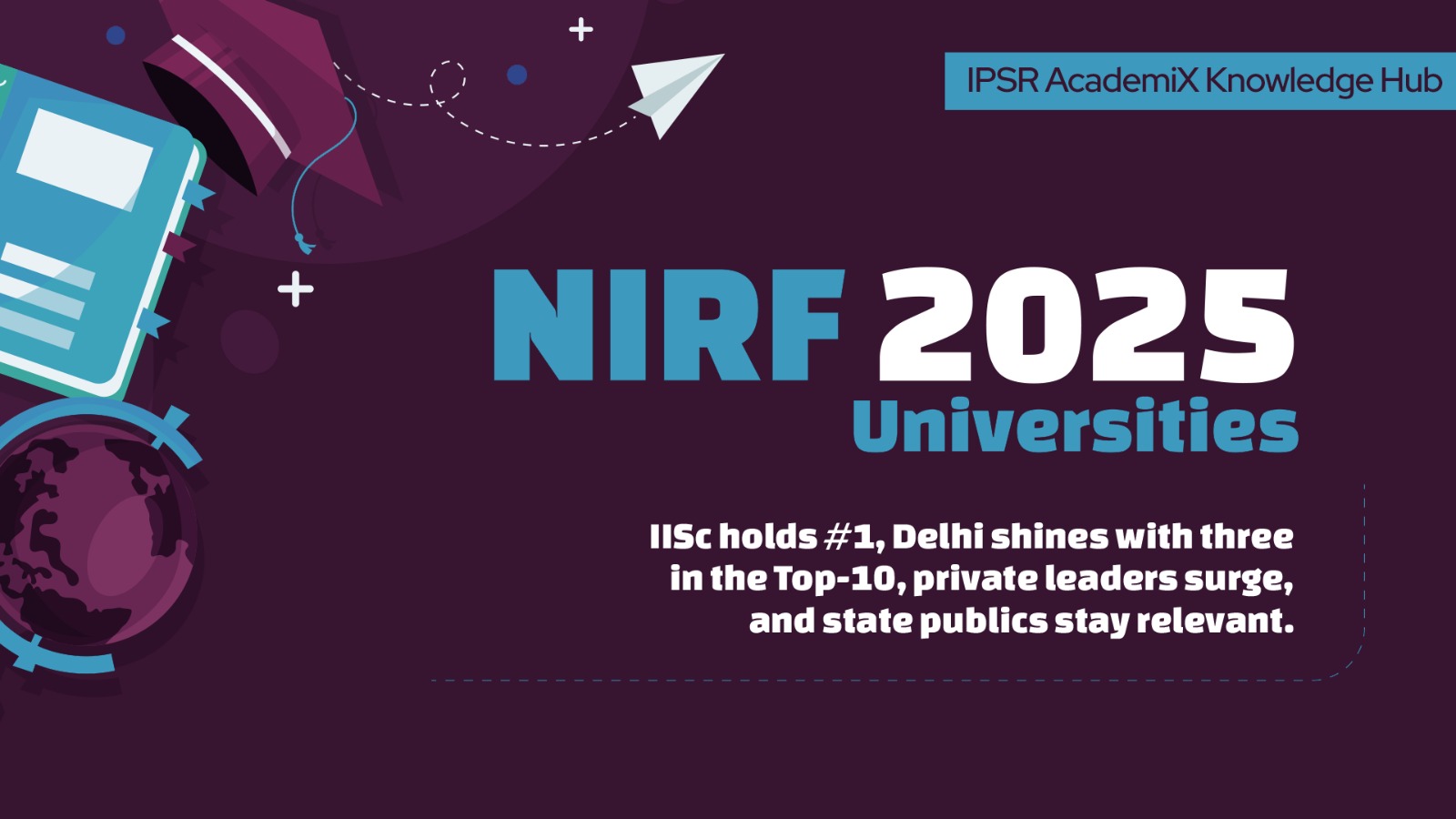
NIRF 2025 (Universities): What the Top-100 tells us about India’s academic core
Sep-11-2025,
Articles
Source: NIRF 2025 University rankings (official portal) and the Government of India press note (participation). (NIRF India, Press Information Bureau)
The podium (Top 10) at a glance
- IISc Bengaluru (Karnataka)
- Jawaharlal Nehru University (Delhi)
- Manipal Academy of Higher Education (MAHE) (Karnataka)
- Jamia Millia Islamia (Delhi)
- University of Delhi (Delhi)
- Banaras Hindu University (Uttar Pradesh)
- BITS Pilani (Rajasthan)
- Amrita Vishwa Vidyapeetham (Tamil Nadu)
- Jadavpur University (West Bengal)
- Aligarh Muslim University (Uttar Pradesh).
Context: IISc keeps its traditional grip on #1; the rest of the Top-10 blends elite central universities (JNU, DU, BHU, AMU), top private/deemed (MAHE, BITS, Amrita), and legacy state-public leaders (Jadavpur). That balance matters for a healthy national system.
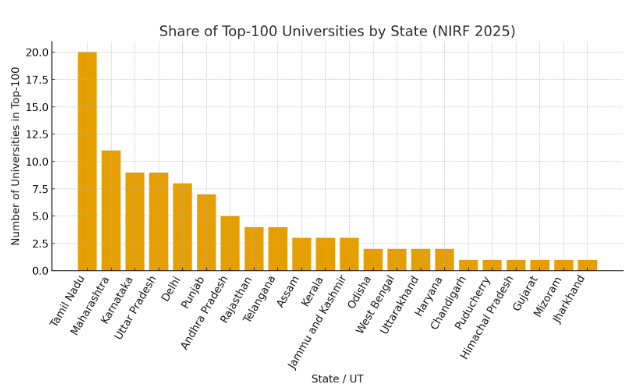
Participation keeps rising (and competition got tougher)
India set new highs in 2025: 7,692 unique institutions filed 14,163 applications across categories; the university table drew a broad cross-section of central, state, private and deemed universities. More competition = harder to hold your ground year over year.

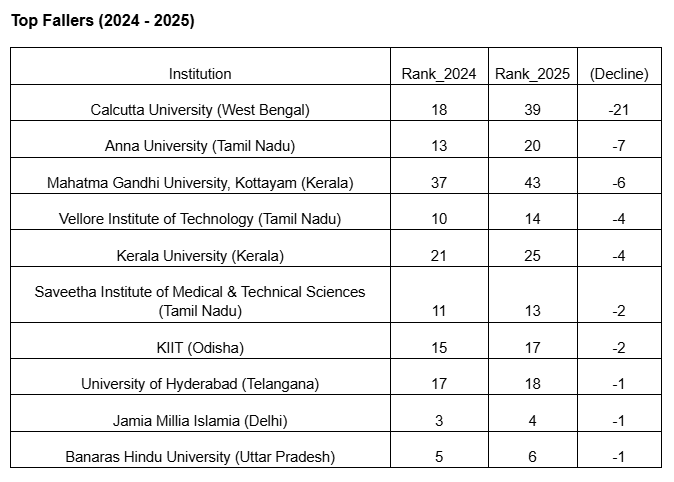
How NIRF scores universities (weights you should plan to)
NIRF uses five parameter groups (unchanged weights), which makes trend-tracking fair across years:
- TLR (Teaching, Learning & Resources) – 30%
- RPC (Research & Professional Practice) – 30%
- GO (Graduation Outcomes) – 20%
- OI (Outreach & Inclusivity) – 10%
- Perception – 10%.
10 Key Takeaways from the Top 100 (Universities)
- The Top 10 is balanced — and that’s good for India.
It’s not a one-model podium: central public research universities (JNU, DU, BHU, AMU), strong private/deemed (MAHE, BITS, Amrita), and a state public research flagship (Jadavpur) share the stage. That mix spreads excellence beyond a single governance template.
- IISc’s #1 is a systems win, not a one-off.
IISc’s consistent leadership rests on deep RPC (publications, citations, research projects) without compromising TLR — the classic “research-first, teaching-strong” combo.
- Delhi is stacked inside the Top 10.
JNU (#2), JMI (#4), DU (#5) cluster in the capital — a policy-and-ecosystem effect that blends research universities, medical/research linkages, and national labs.
- Private/deemed universities are not just “present”; they’re competitive.
MAHE (#3), BITS Pilani (#7) and Amrita (#8) show sustained competitiveness on GO and improving RPC; a positive signal for India’s private research capacity. (BITS Pilani’s 2025 rank is explicitly #7.)
- Traditional state research engines still matter.
Jadavpur (#9) and later Calcutta University in the table underline that long-standing state publics remain central to India’s research map — especially in foundational sciences and humanities.
- South India’s bench is deep beyond the podium.
Tamil Nadu and Karnataka feature repeatedly across the Top-100 via health sciences (e.g., Sri Ramachandra, Saveetha), agri (TNAU), and strong comprehensive universities — reflecting decades of capacity-building.
- Year-over-year momentum is real and visible.
Example improvements publicly reported: Osmania University rose in the University category (43 → 30), while MMMUT (UP) improved (94 → 68). These are big moves for one year and typically track to gains in RPC and GO (citations, placements, progression).
- Specialized universities lift the mid-table.
Agricultural (e.g., PAU, TNAU), health sciences (e.g., KGMU, Chettinad), tech/social sciences (e.g., IIIT-Hyderabad, TISS) populate the 20–80 band, showing that niche excellence translates into national rank.
- Perception helps, but it’s not the whole game.
Scan the NIRF pages and you’ll see universities rising despite modest perception scores — they lean on RPC and GO. That’s the playbook for emerging institutions outside the metros.
- Planning for 2026: three levers to pull.
- Hire and retain PhD faculty; expand labs (TLR).
- Fund publishable research + industry projects; protect IP (RPC).
- Placement quality & higher-studies pipelines (GO).
These are durable under NIRF’s stable weights — no “gaming,” just fundamentals.
Final word
The NIRF 2025 University Top-100 shows a system that honors tradition (IISc, JNU, DU, BHU, Jadavpur) while making room for modern private/deemed leaders (MAHE, BITS, Amrita) and specialist universities (health, agri, tech, social sciences). If institutions focus on research depth, teaching resources, and student outcomes, the path to sustainable rank gains is clear and fair.
Dr. Mendus Jacob, is the CEO of ipsr solutions limited and Professor & Director of the MCA Programme at Marian College, Kuttikkanam (Autonomous), with over 35 years of experience as an academician and entrepreneur. He is the former Director of School of Applicable Mathematics, M. G. University, Kerala. A Ph.D. in Operations Research with numerous publications, he has served on academic bodies of universities and autonomous institutions, produced Ph.D.s, and been a sought-after resource person for global conferences and faculty development programmes. An expert in NEP, Outcome Based Education, and Accreditation, he has mentored prestigious universities and trained over 40,000 faculty members nationwide on OBE implementation.




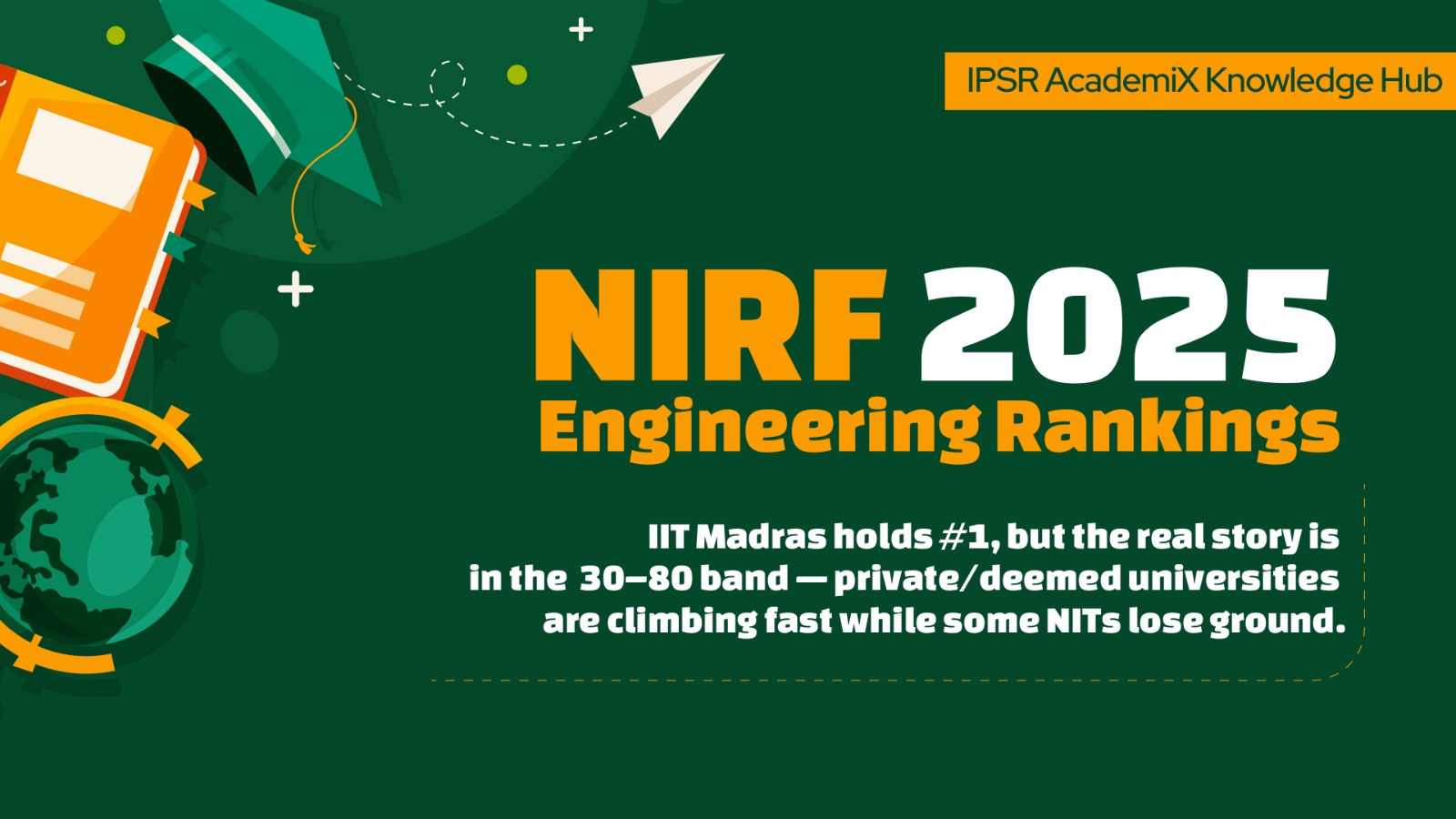


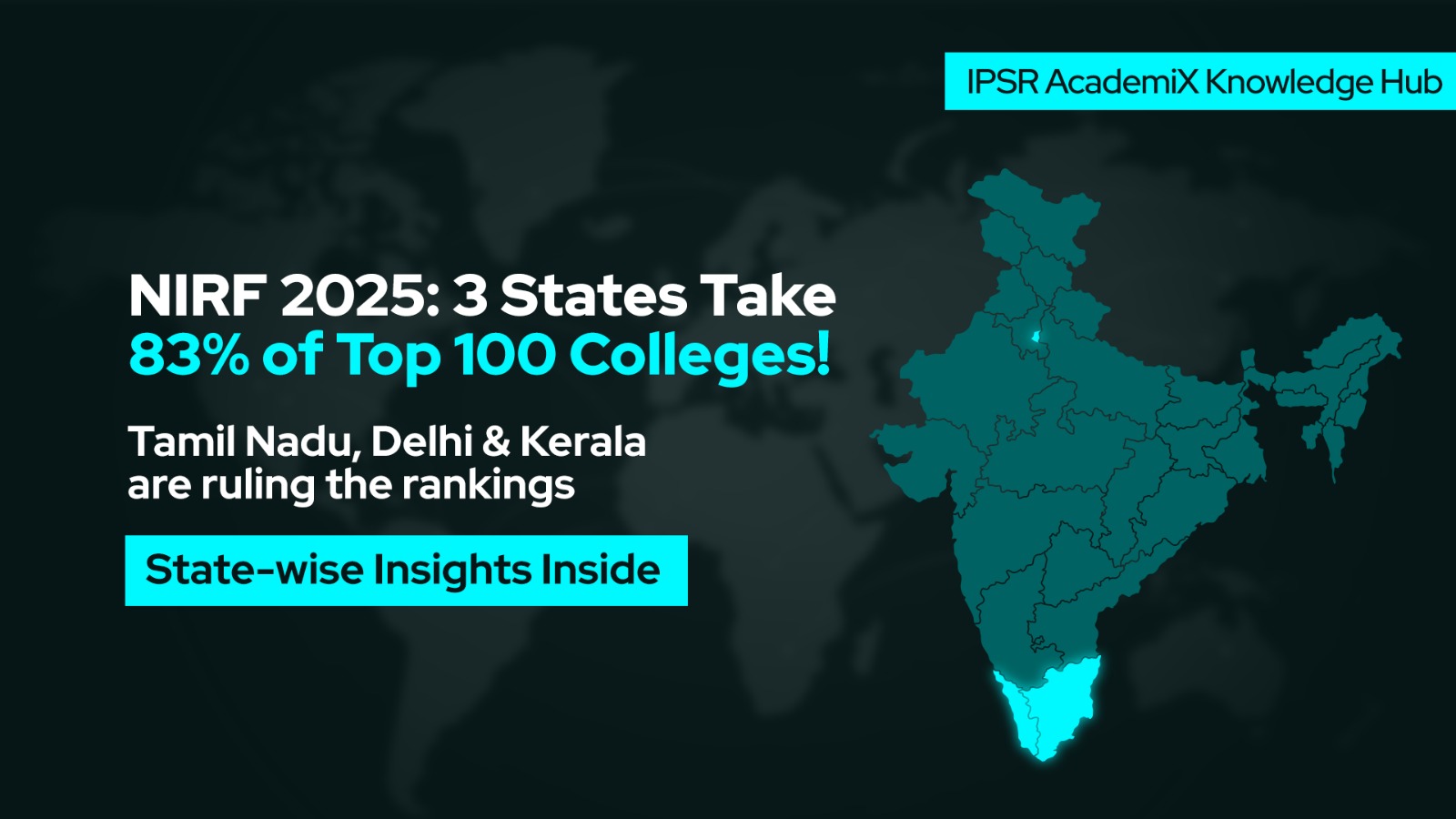
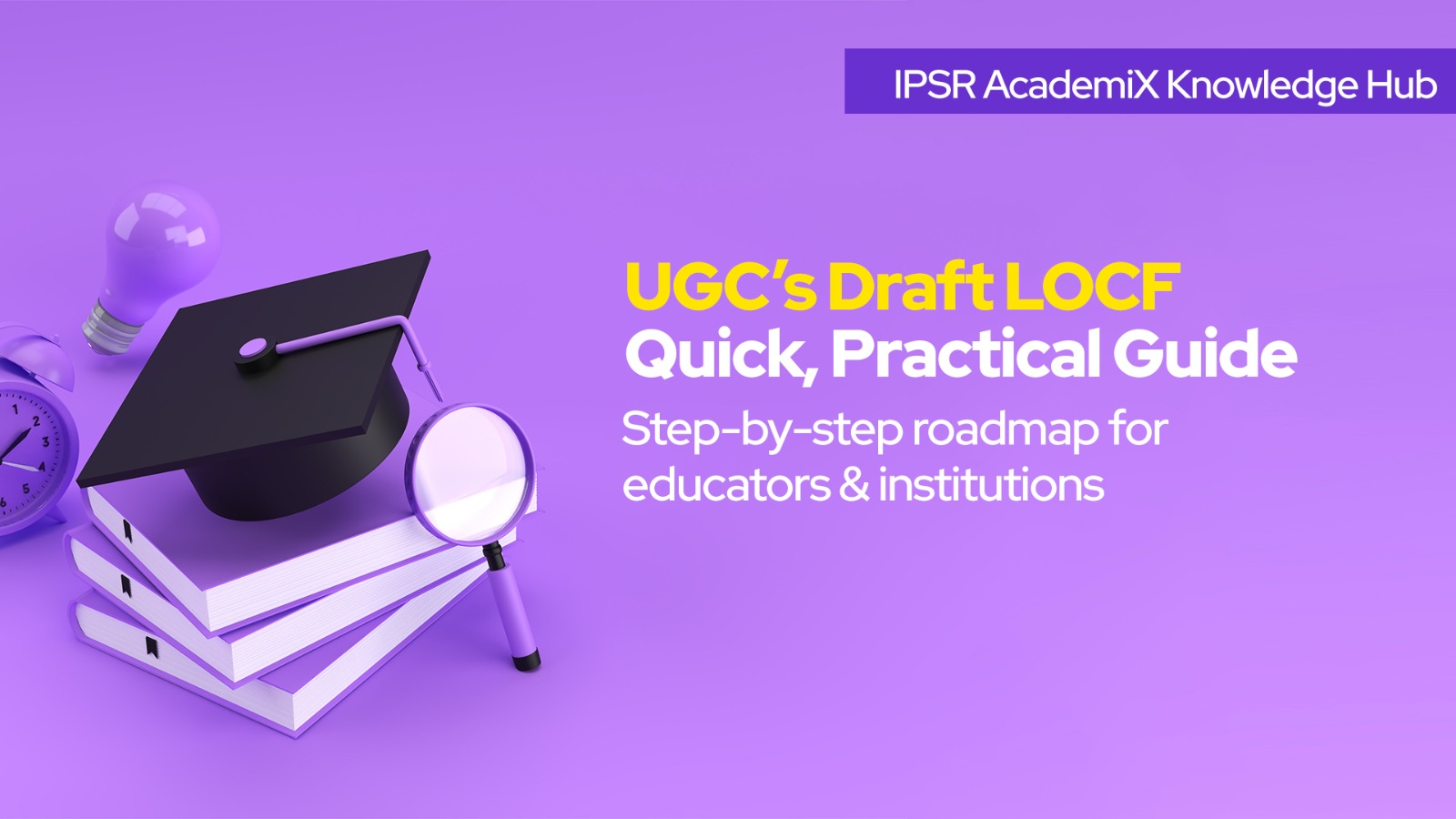





Leave A Comment